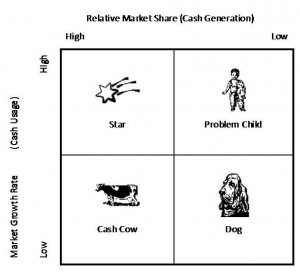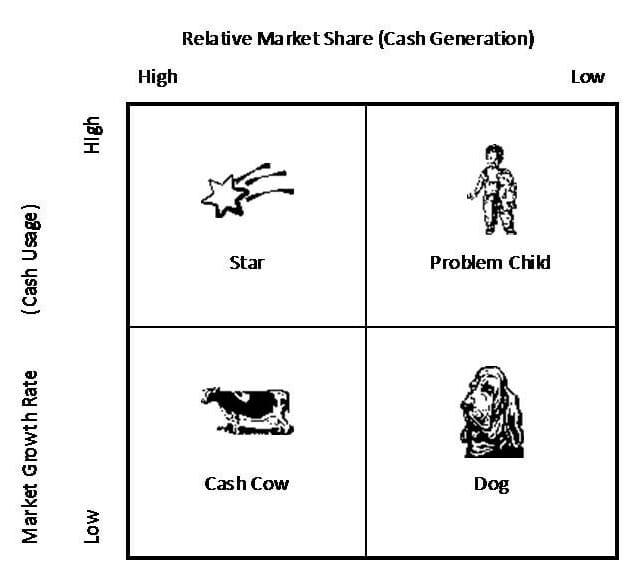As I stated in a previous article of mine, one of, if not the, most important factor that affects the success of your PPC campaign is  what you are trying to advertise and the business surrounding what you are trying to advertise. Of course, as an advertiser, you can only concentrate on making your PPC campaign as optimised and successful as possible for your business no matter how much a success or failure it currently is. Putting this aside, it is important that advertisers know a little business knowledge into what makes a good business. In return, from knowing what a good business is will help make their PPC campaigns more successful since a PPC campaign is only as successful as your business.
what you are trying to advertise and the business surrounding what you are trying to advertise. Of course, as an advertiser, you can only concentrate on making your PPC campaign as optimised and successful as possible for your business no matter how much a success or failure it currently is. Putting this aside, it is important that advertisers know a little business knowledge into what makes a good business. In return, from knowing what a good business is will help make their PPC campaigns more successful since a PPC campaign is only as successful as your business.
The most advertised ‘thing’ through pay per click advertising is either a product or a service. This means that a conversion for these campaigns will ideally be a sale.
For campaigns that are advertising a product or service, it is important that advertisers know that the campaign might not be worth implementing if the Boston matrix of the product/service is not very appealing. This makes it clear that by identifying where your product or service is on the Boston matrix will help you identify whether you should make a PPC campaign for it and invest time and money into increasing the awareness of your product/service to enable it to sell better.
The Boston Matrix
The Boston matrix is an effective diagram which identifies how successful a product or service is. There are four sections:
- Star – The ‘start’ product has a high market share and market growth making it a market leader. If you identify your product or service as a star product, you will need to make sure you run a campaign for that product/service since lots of money will need to be invested to maintain the product/service as a star. This usually results in the cash flow being only just positive: something I am sure advertisers won’t want.
- Cash Cow – The cash cow is a product/service that has a high market share but low market growth. For this reason, you will find that many of the products/services that are cash cows are in the maturity stage of their product life cycle having been a star. From looking and applying the product life cycle to PPC, you will know that you never want your product/service to hit the maturity stage. Therefore, if you find your product/service is a cash cow, look to boost your PPC efforts.
- Problem Child – The problem child is a product/service that has high market growth and low market share. This makes it clear that the product/service is in introductory/growth stage of it’s product life cycle. It is important for this reason to use PPC to keep your product/service in the growth stage of it’s life. The longer it is in the growth stage of it’s life, the better it is for you.
- Dog – As the name suggests when compared to the rest, a dog product/service has low market share and growth. What you need to realise is that if you identify your product/service as being a dog product, abandon it. It has no real potential and will eat away your advertising budget if you should so choose to run a PPC campaign for it.
I hope by applying the Boston matrix to PPC will make more advertisers realise that what they are promoting counts just as much, if not more, than the actual PPC campaign itself to the success of the overall advertising campaign. The Boston matrix is a very effective way to analyse products and services. For this reason, all advertisers should use it for their respective products/services.




You must be logged in to post a commentLogin